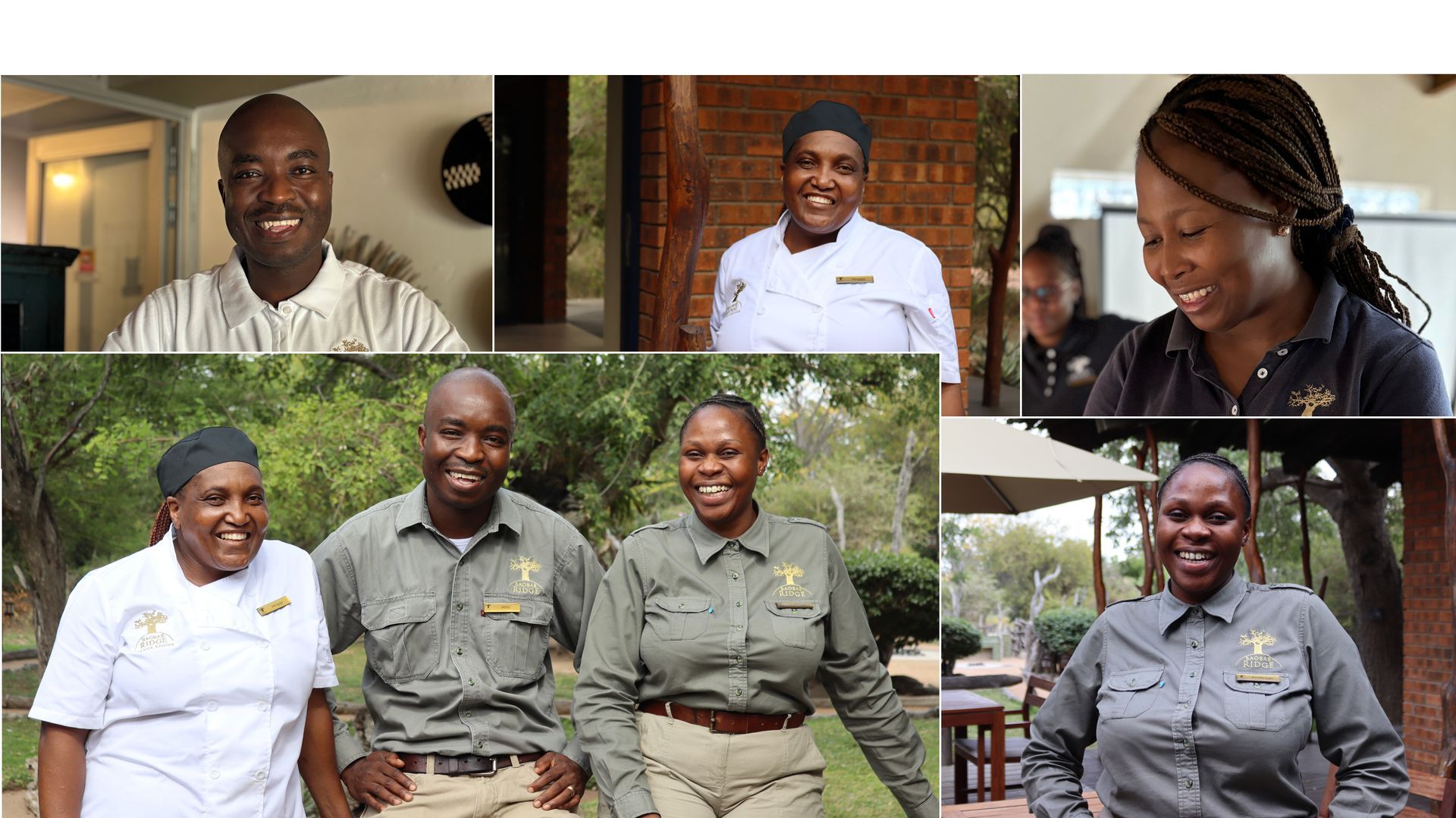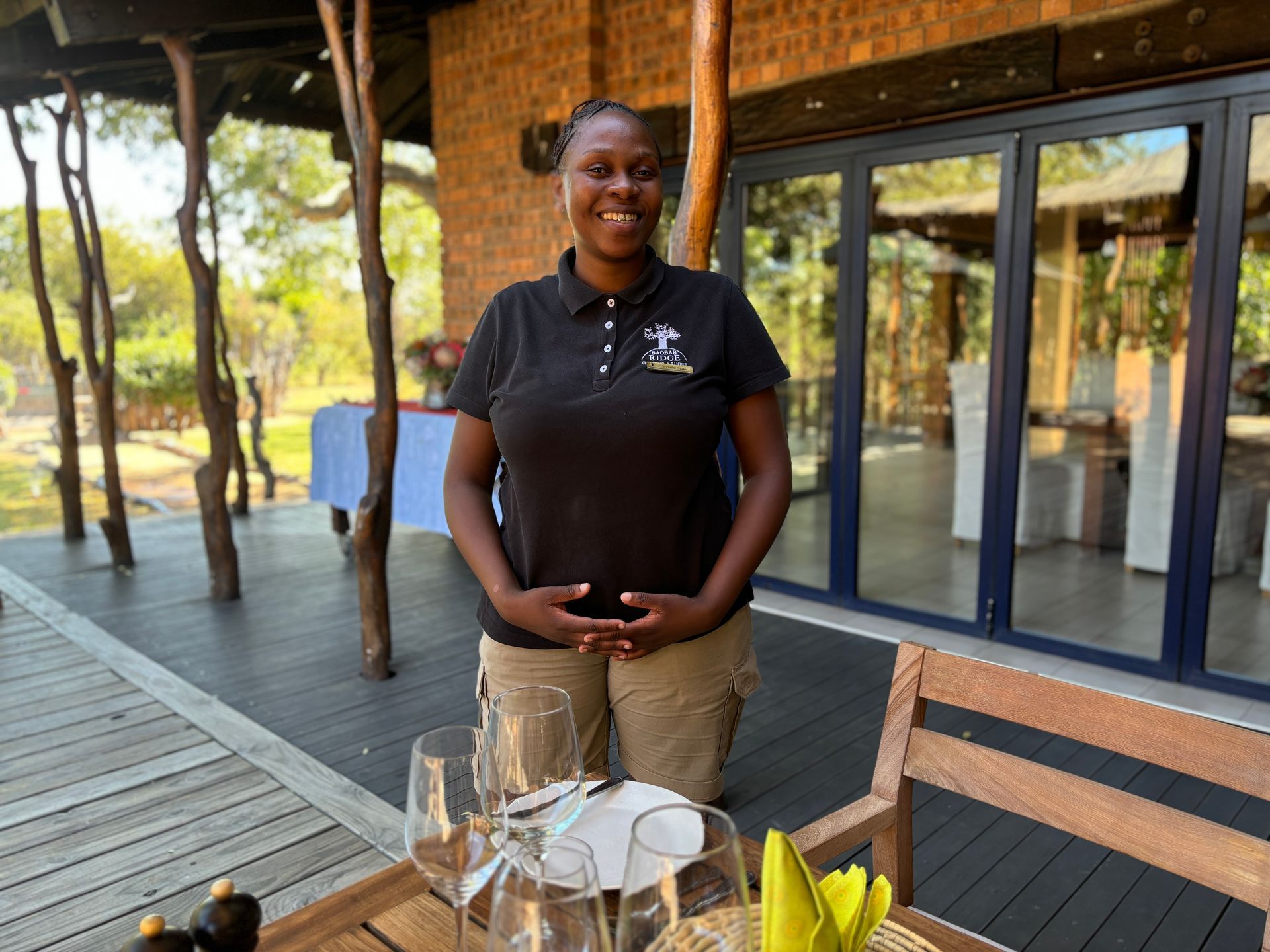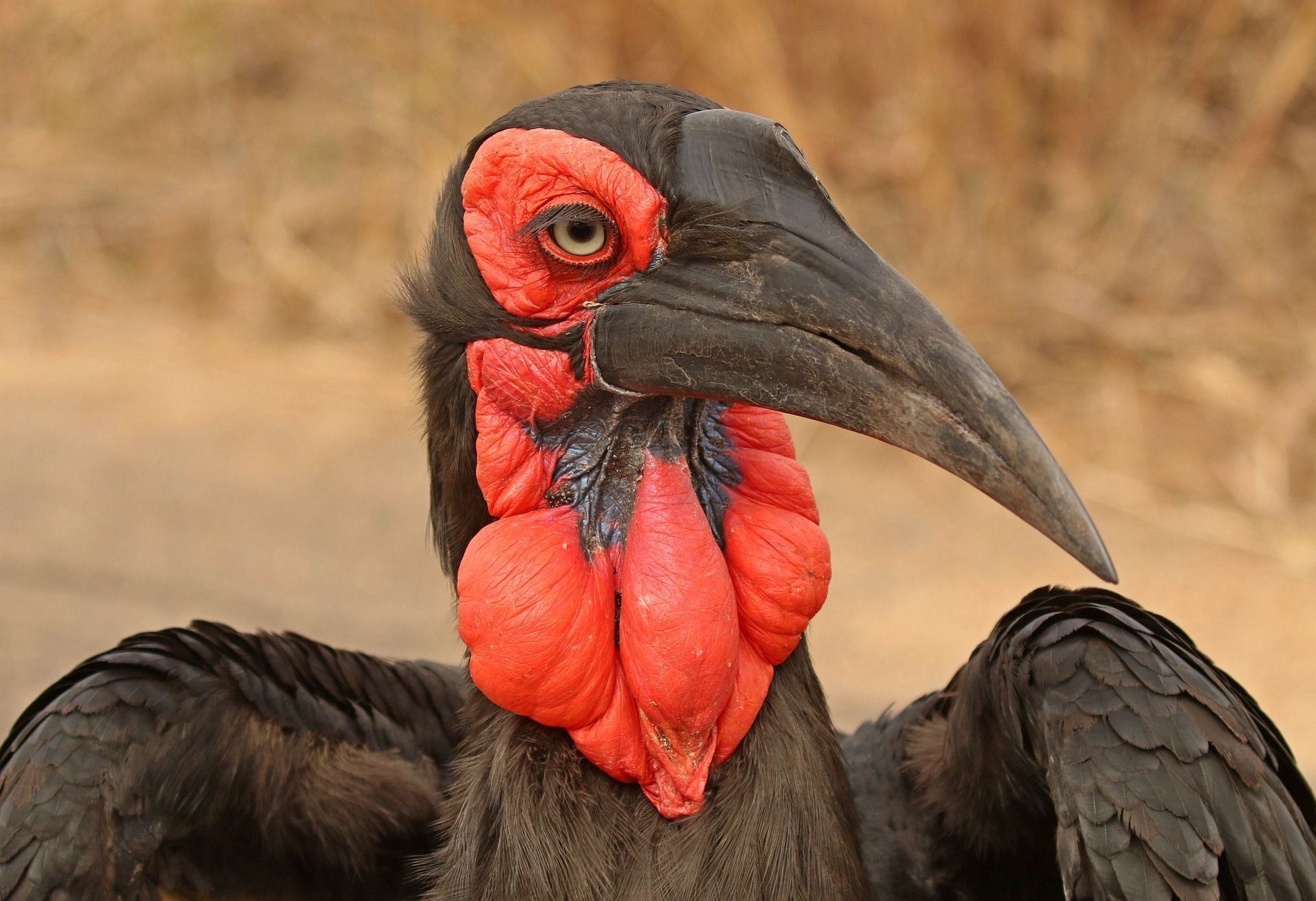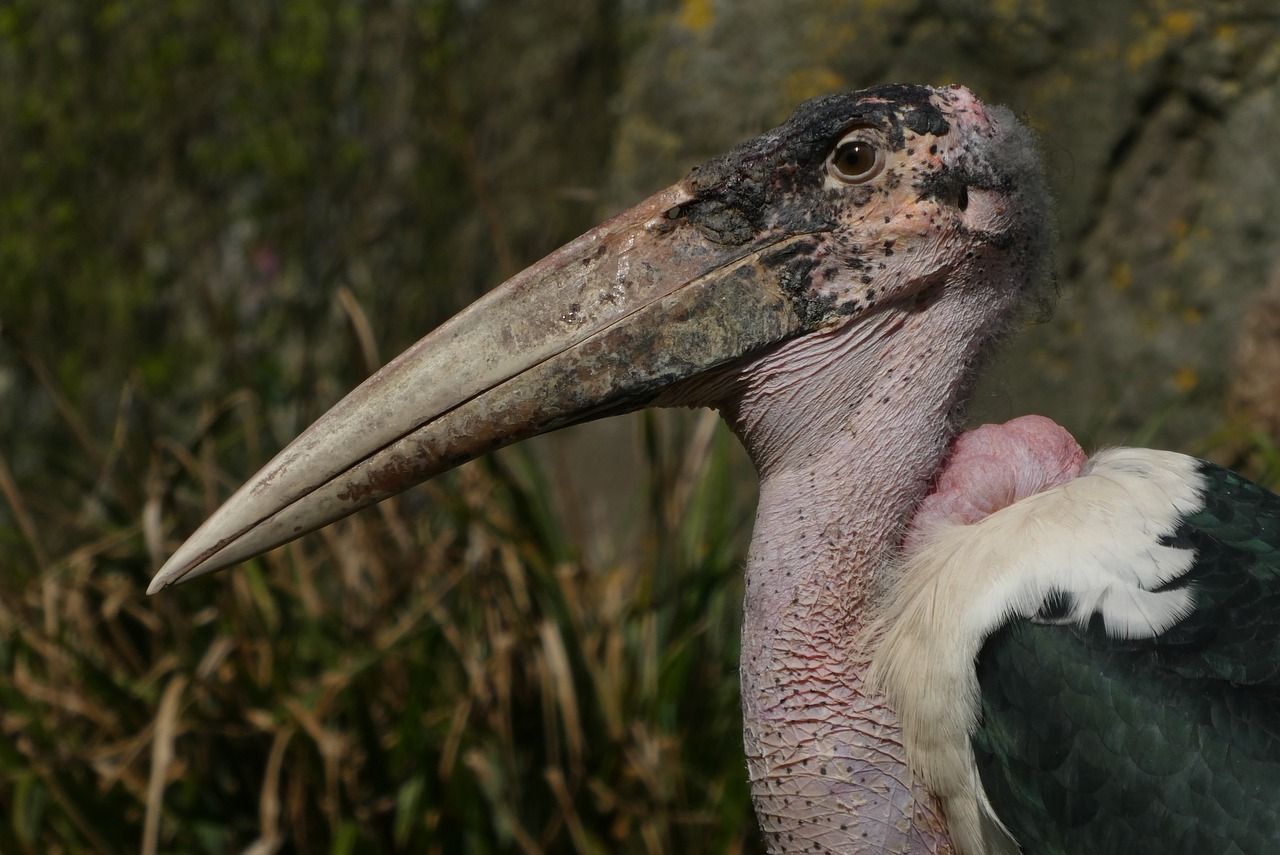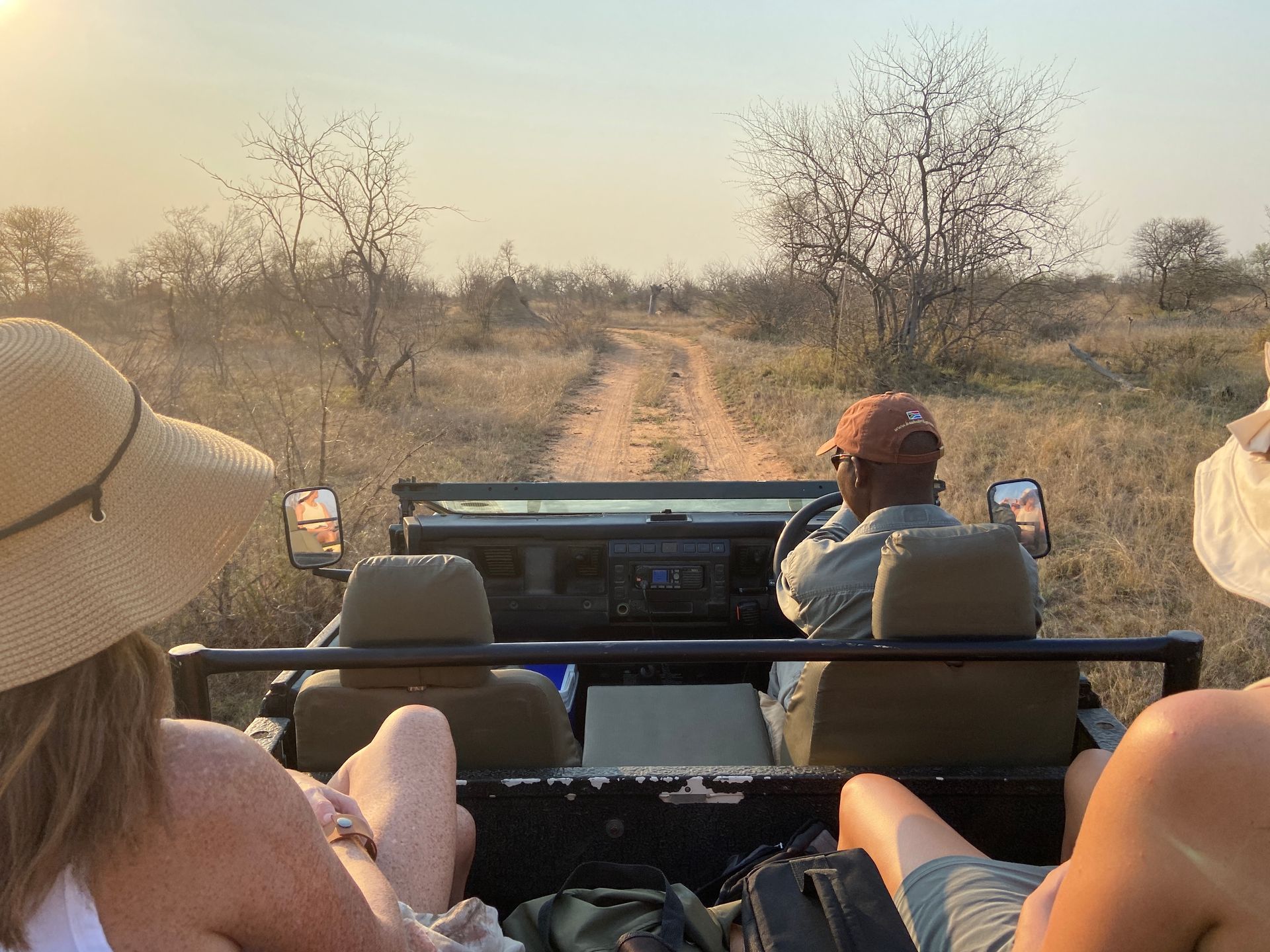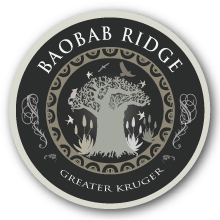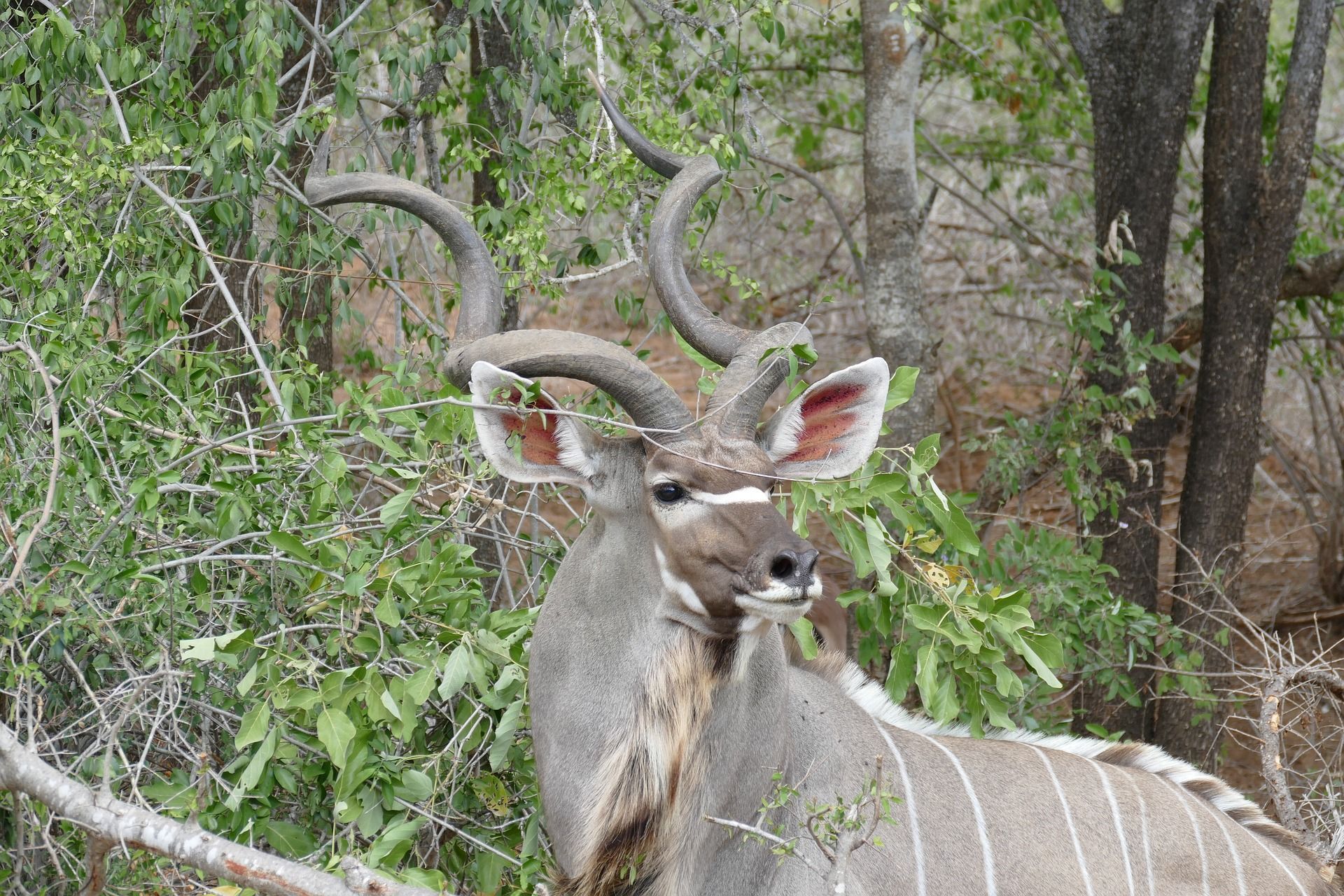CALL US ON +27 73 926 4724
Not all that slithers is sinister!
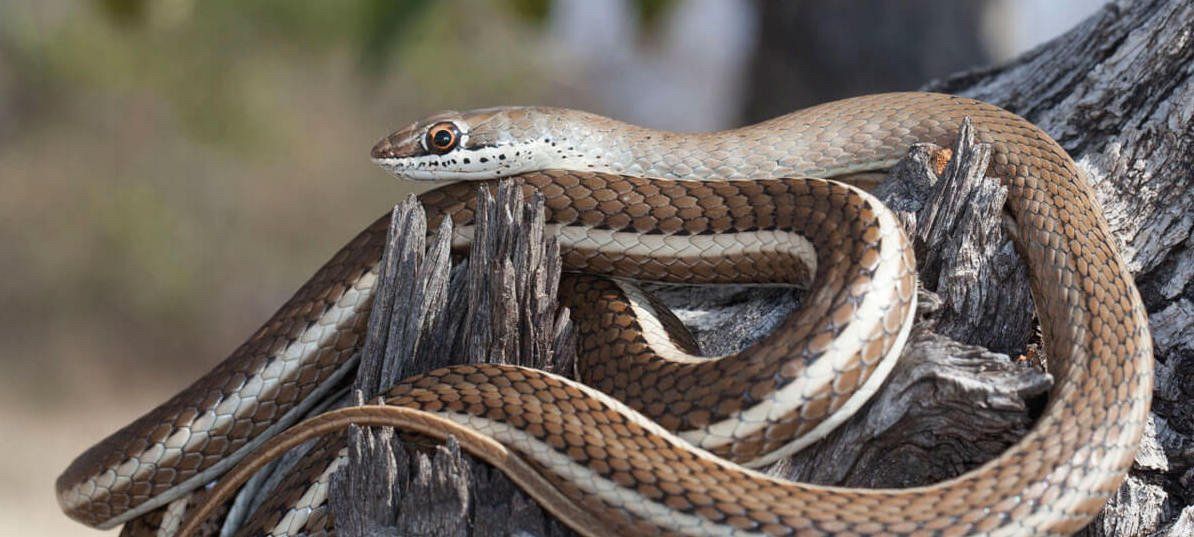
Get to know some of the harmless snakes of the Klaserie
Many people have an innate and inexplicable fear of snakes. Especially venomous ones. Here in South Africa's Greater Kruger we have some of Africa's most dangerous snakes in terms of venom toxicity, including the black mamba, Mozambican spitting cobra, snouted cobra, boomslang and vine snake. Yes, these snakes are scary, but in reality, they are more scared of humans than we are of them and will do everything in their power to keep out of our way.
Thankfully, there are more benign, harmless snakes than there are potentially life-threatening ones and we see quite a few of them both in and around the lodge grounds and out on our game activities, especially now that the weather is getting hot and they're getting more active.
We'd like to introduce you to a few of these interesting snakes in the hope that it will spark interest in them. If there's one thing that we're sure of, it's that learning about things that scare you tends to overcome that fear, replacing it with interest and curiosity. So while we understand that not all of our guests are going to become raving herpetologists, we would like to share some knowledge with you so that you feel more at ease and less worried about things that slither and slink!
We always recommend the wonderful African Snakebite Institute (ASI) and its wonderful free app to all of our guests because it has some of the best information you can find about this area's snakes (as well as scorpions and spiders) and has been created by the ASI's founder, Johan Marais, who is also the author of one of Southern Africa's most comprehensive snake books - A Complete Guide to the Snakes of Southern Africa.
So without further ado, here are some of the amazing (and harmless) snakes you might encounter during your stay...

Spotted bush snake
This alert, day-active snake grows up to 1,3m long. It climbs well and is often found between the walls and ceilings of buildings, where it hunts for geckos and frogs.
Its body is bright green to copper-green in colour with distinctive blackish spots on its front half, but little or no dark marks on its back half. Its belly is yellowish to white and its eyes' pupils are orange.
This snake has keeled belly scales which enables it to climb up the bark of a tree or even up face-brick walls. It is commonly found in suburban gardens as well as out in the bush that gave it its name.
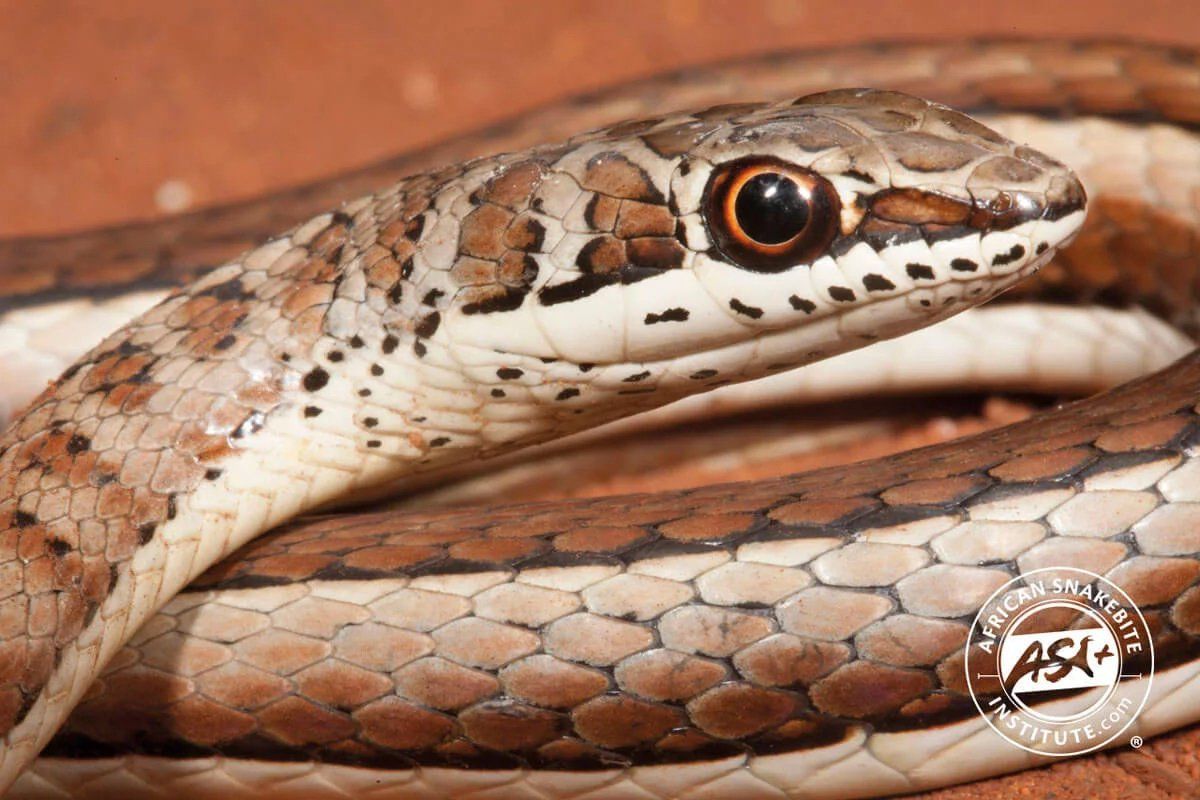
Western yellow-bellied sand snake
A fast-moving, slender snake that averages between 70cm and 1m in length. This snake is active during the day and is without doubt one of our fastest snakes. It's fond of basking but will move off rapidly and if there is a shrub or tree close by it may climb to avoid detection.
It feeds on lizards, frogs, rodents, small birds and other snakes and has a mild venom that has no real effect on humans.

Herald or red-lipped snake
This nocturnal snake loves water features. It is a toad specialist and often eats toads that look far too large to swallow!
The herald is usually greyish to olive-grey in colour but some individuals are quite dark. Its head is always darker than its body and might have white speckles on its body. In some areas the upper lip is bright red, orange or yellowish, giving it its alternative name.
When threatened this snake puts up quite a show, drawing the head back into a striking position with the mouth agape and the head flattened to expose the brightly coloured lips.
It is mildly venomous but poses no threat to humans.
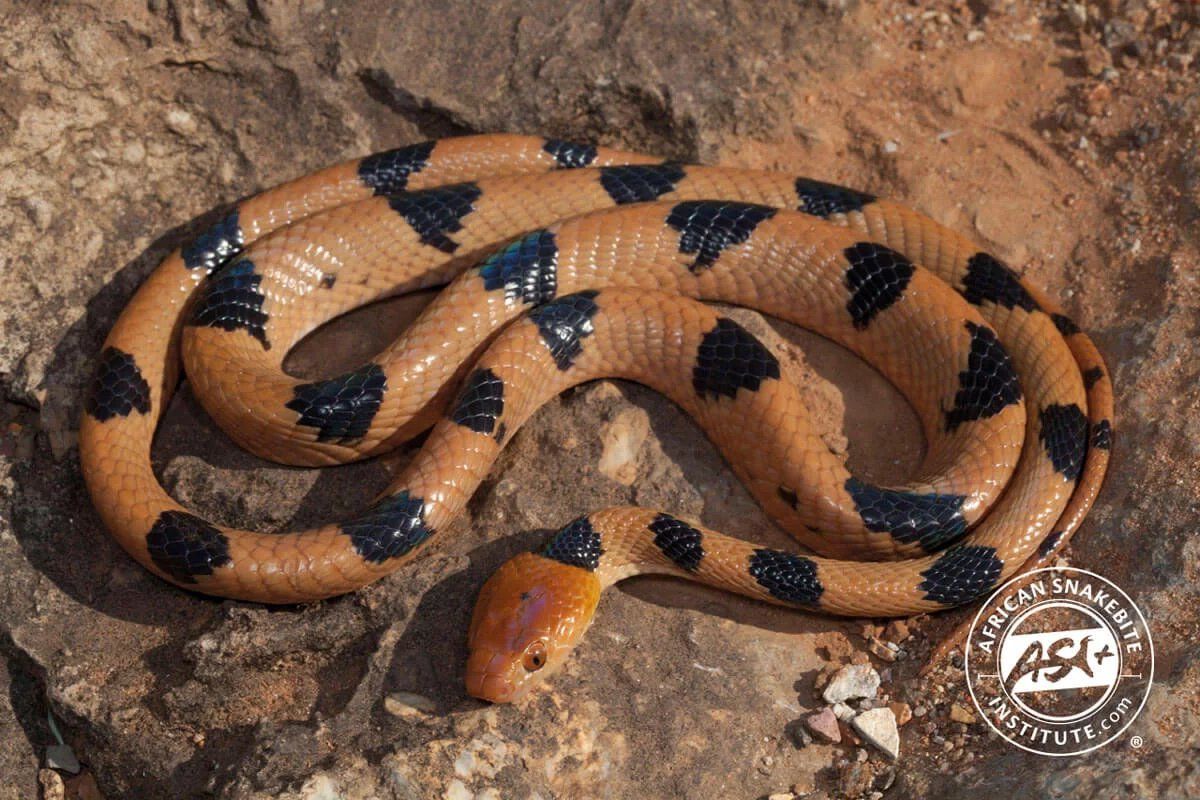
Eastern tiger snake
This slow-moving nocturnal snake hunts for lizards, especially geckos, nestling birds, bats and small rodents. It's an excellent climber and spends its days hiding under tree bark or rocks.
It can often be seen crossing roads at night.
Like the herald snake, it puts up quite an impressive defence display when cornered, drawing its head back with coiled neck and striking dramatically with an open mouth. Its strikes are rather slow and it often loses its balance, though. It also flattens the head in the process but does not make a true hood like a cobra.
The venom of the tiger snake is mild and has virtually no effect on humans.
For more information on the snakes of Southern Africa and to download the free African Snakebite Institute app, visit the African Snakebite Institute website
